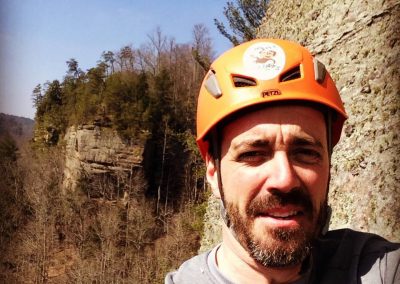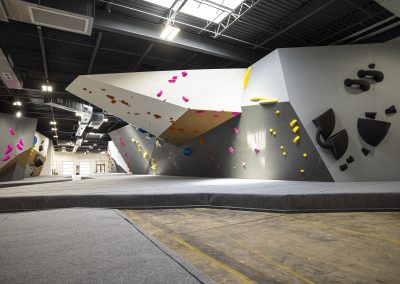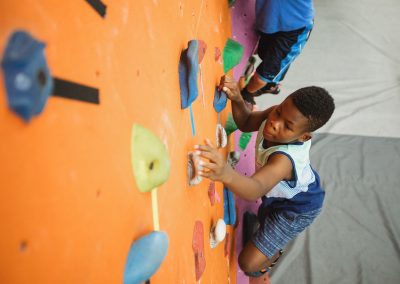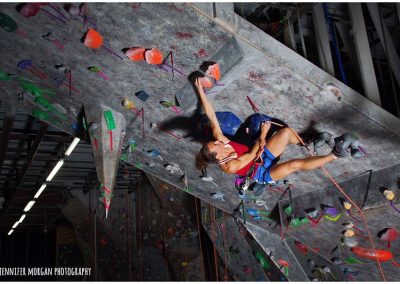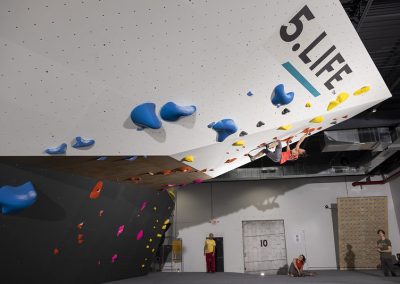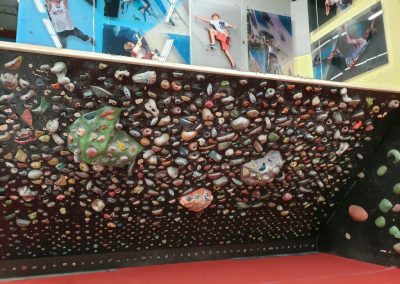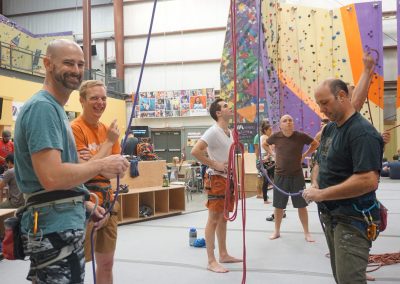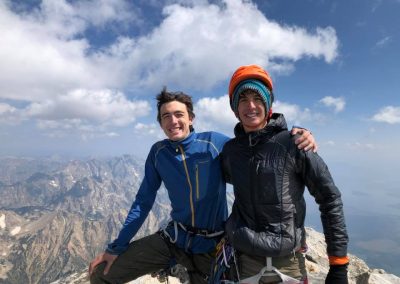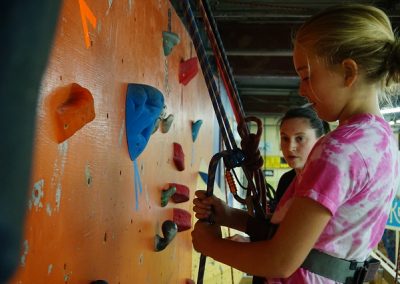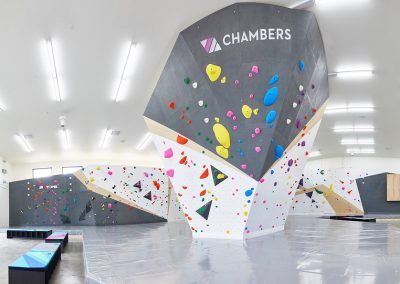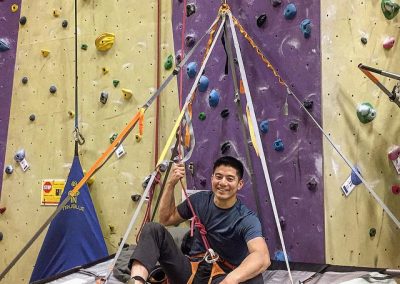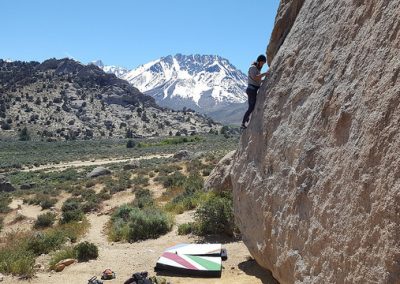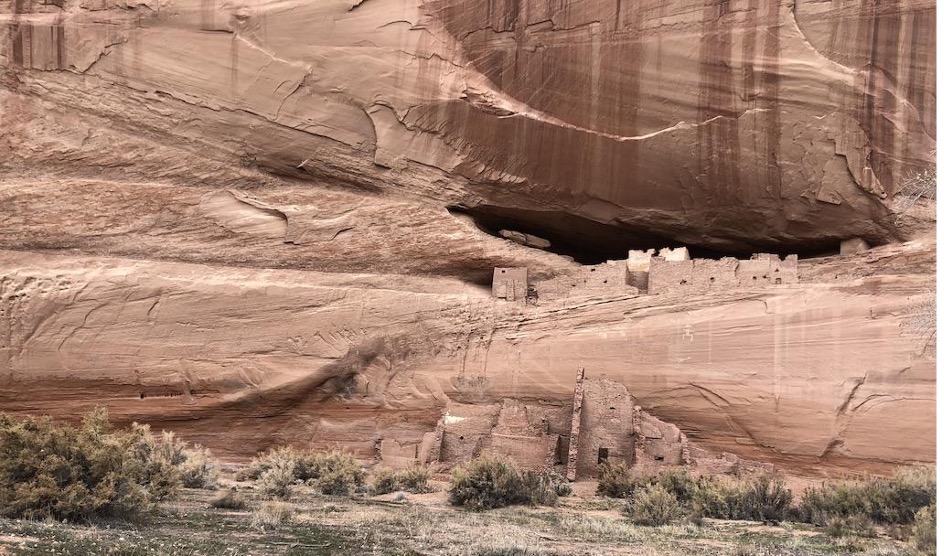
Other early pursuits of climbing included the exploration of remote locations in the name of science. This form of exploration and climbing is very much alive today. As the interest of those climbing with a purpose was piqued, a natural progression into climbing for recreation occurred. Note and recognize that the extra time and resources for long climbing expeditions, even in the early days, were that of privilege.
Alpine climbing emerged with mountaineering and the era between Alfred Wills’s ascent of the Wetterhorn in 1854 and Edward Whymper’s ascent of the Matterhorn in 1865 became known as the Golden Age of Alpinism. There were many major peaks in the Alps that saw their first ascents during this decade.
In the 1880s there was a shift in alpine climbing from mountaineering to rock climbing. There are three places credited with being the birthplace of modern recreational climbing: the Peak and Lake Districts of England, the Elbe Sandstone region of Southeastern Germany, and the Dolomites of Northern Italy. From Wikipedia, “Rock climbing evolved gradually from an alpine necessity to a distinct athletic activity.”
Aid vs Free
By the beginning of the 20th century, advancements in climbing equipment such as pitons and steel carabiners were introduced, propelling the transition from mountaineering to traditional rock climbing. These advancements provided much better protection, allowing climbers to tackle more difficult terrain and explore the limits of possibility.
Since the beginning, climbers have debated what constitutes a legitimate summit or top. This debate centers around the topics of aid vs. free. Aid means the climber uses a plethora of gear to assist their upward progress in reaching the top. Free means the climber uses their own physicality to reach the top without falling. Gear is used only to protect the climber in the event of a fall and can be permenent or removable. Important note: don’t confuse free climbing with free soloing: climber uses no protective gear and a fall would result in hitting the ground.
There is a rich history around the movements that accompanied these debates in the form of the 1911 Preuss rules that suggest pitons are for emergency use only, the 70’s Yosemite Revolution around removable gear development led by Yvon Chouinard, and the Clean Climbing Movement with John Stannard’s publication of “The Eastern Trade” a newsletter that (among other conversations) encourages climbers to look to the future instead of scaring rock with continued piton use.
( Photo of the Eastern Trade: You can read all of these old newsletters courtesy of Rock and Snow.)
This conversation continues today. You can protect the outdoor rock for future generations by learning about and signing “The Pact”.


Big Wall Climbing: Yosemite
Yosemite has been at the center of rock climbing development since the post-World War II era. The immense walls offered unique challenges and several phases of climbing in Yosemite emerged. The first phase is marked in the 1940s with Swiss immigrant and blacksmith John Slathe’s new breed of pitons that could be hammered into the walls and later removed. Note that the piton was the primary form of protection for the first 70 years of rock climbing. The next phase of climbing in Yosemite belongs to the Stonemasters. These self-proclaimed dirtbags who made rock climbing a non-conforming lifestyle, popularized free climbing.
The next most recent phase of Yosemite development goes to the Stone Monkeys. A slightly more inclusive modern version building on what the Stonemasters started and continue pushing the limits of what was possible in climbing. Many of the Stone Monkeys are still developing, climbing, adventuring, and Monkeying around today.
Sport climbing
The shift from traditional climbing to sport climbing began in earnest in 1983 when Alan Watts bolted “Watts Tots” in Smith Rock. Over the next 2 decades, Smith Rock has become a world-class destination for sport climbing with over 1,800 routes. Sport climbing emphasizes strength, endurance, gymnastic ability, and technique to push grades higher. Smith Rock claims the first 5.14 developed in the US. The bolting and use of fixed protection are what set sport climbing apart from traditional climbing. “Trad” climbing influenced by the Clean Climbing Movement encourages gear removal, rather than scaring the wall with continued piton use and permanent bolting.
Bouldering
While many climbers were drawn to mountains and large walls, there were those utilizing “smaller rocks”. Bouldering, such as the Camp 4 boulders of Yosemite, were first used to practice for big wall pursuits. Bouldering eventually started resonating as its own pastime, as seen in Fontainebleau, France.
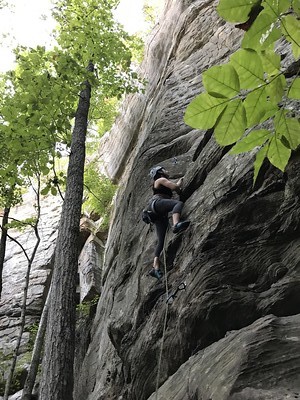
John Gill, a mathematician and gymnast, is credited with being the father of modern bouldering. He transferred his gymnastics influence into concentrating on form and movement efficiency, added chalk, and spent the majority of his climbing time bouldering. We owe our use of chalk to Gill.
If Gill is the father of modern bouldering, Hueco Tanks is the birthplace of modern bouldering. In the 80s, John “Vermin” Sherman established over 500 bouldering routes of varying difficulty. The “V-Scale” emerged from this development. Sherman and his friends made a difficulty scale using numbers. The “V” from Vermin was combined with the scale and the v-scale was born. This is the grading scale now used throughout North America for bouldering.

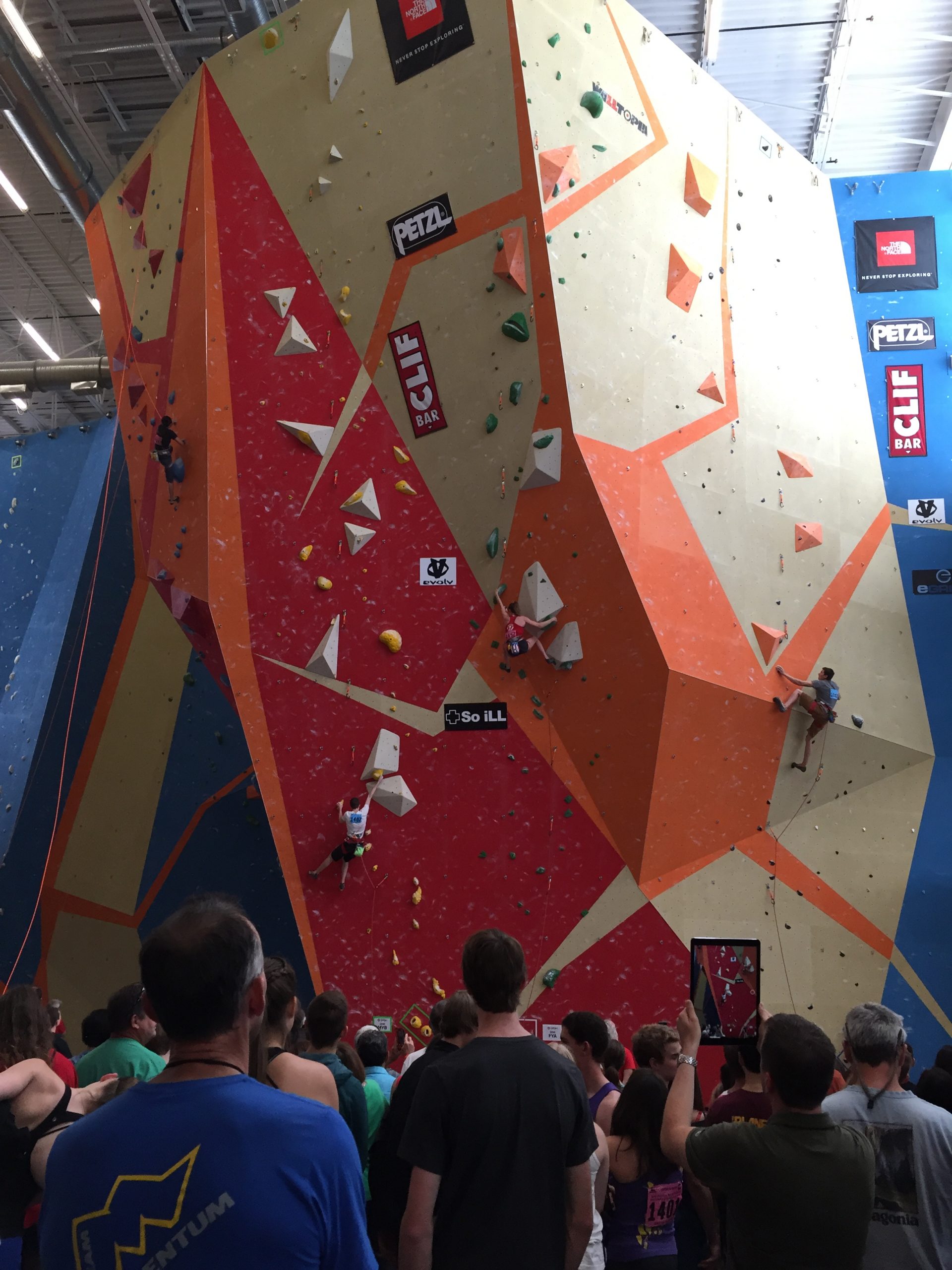
Competition Climbing
The athleticism of climbing lent naturally to the development of competition. Early competition was for first ascents or speed records on a route. The first organized competition was at Sportroccia in 1985 where climbers competed for difficulty at the crag. A few years later the first International Sport Climbing Championship took place in Snowbird, UT with lead and speed climbing. Bouldering was added to competition climbing in 1998. USA Climbing was started in 1998 to oversee the US development of competition climbing.
As competition climbing grew, the governance at the international level outgrew the International Climbing and Mountaineering Federation’s (UIAA) purpose and desire to administrate and the International Federation of Sport Climbing(IFSC) was created in 2007. Now Sport Climbing has been included in the 2020 Tokyo and 2024 Paris Olympics as a provisional sport. Check out the Road to Tokyo posters to learn more about how Sport Climbing made it into the Olympics.
Indoor Climbing Gyms
Did you know the first indoor climbing gym in the US only opened in 1987? Vertical World in Seattle. These early gyms served as practice facilities for outdoor climbing rather than the state-of-the-art climbing businesses we have today.
In 2003 the Climbing Wall Association or CWA was founded to guide climbing gym best practices.Climbing gyms have experienced exponential growth in the last decade with new developments in wall manufacturing, climbing hold technology, flooring standards, customer-focused curriculum, belay and equipment standards, career-focused staff, and a desire to become an industry.
5.Life
Vertical Adventures (way before 5.Life was dreamt up) mirrors the life-cycle and development of climbing and the industry. VA opened in 1994, only 7 years after Vertical World. It was the brainchild of founders Alexis and Carrie Roccos–for climbers, by climbers, homebuilt plywood walls, wood climbing holds, handmade fiberglass cracks, and shredded rubber floors. Alexis’s ingrained curiosity, tinker mentality, natural mentoring mindset, and years of outdoor climbing experience fit this pioneering business adventure. Carrie’s love for people, willingness to face new challenges, and ability to go with the flow, nurtured the small but very tight early community (like family). These climber traits were foundational to almost all early indoor climbing gyms and their continued evolution (and outdoor adventuring for that matter). From a harness made of webbing and hip belaying at a Boy Scout camp to gym owner.
When Matt and Mardi Roberts came onto the scene in 2008, they were quickly addicted. In classic climber style, Alexis and Carrie mentored them and their family. From human pooh at Roadside (The Red River Gorge) to gym ownership. Throughout the years, they have been a family, supporting crazy ideas, and pushing people to find their adventure–whatever that may be. The desire to evolve and push what’s possible keeps driving the RoRos (Roccos + Roberts). From value engineering to 4 facilities in Ohio and Pennsylvania. Now 5.Life has a mandate to carry the torch–teach the history, share accomplishments, impart culture, push boundaries, and keep climbing. Ultimately 5.Life seeks to provide a space for people to be who they are as individuals and discover what’s possible.
Let’s celebrate this current achievement: the sport is in the Olympics and the US has medal contenders. There are countless new and greater climbing achievements still to be imagined and we will lift those up as well. Climbing isn’t one thing. It’s a mindset. Failure is likely, but that isn’t the end of the story. There’s a way forward, it just needs to be unlocked. It may happen rapidly and it may take years. That is why this accomplishment is More Than A Moment In Time. What’s your journey? Aren’t you curious?

